Hang Dong Street is 128m long and 6m wide. From Hang Ma street to Hang Vai street, cross Lo Ren street. From the time of Le Trung Hung, the villagers of Cau Nom (Khoai Chau district, Hung Yen province) belonging to the two Le and Phung families moved to Ha Thanh, settled in Yen Phu village, and opened stores to collect, produce, copper repair and sale. At that time, this neighborhood belonged to Tien Tuc canton, Tho Xuong district, east of the old Imperial Citadel.
In the past, bronze objects such as cranes, crests, incense burners, incense bowls, flower vases, candlesticks and bronze sacrifices, brass pots, spittoons and especially pots, pans and bronze trays were only for the wealthier family. Shops on Hang Dong Street mainly sell products and buy old bronze (thus having a "rubbish" job), while the production is mainly done at copper kilns in Ngu Xa and other areas. After that, due to the high demand of copper products, many people who worked in traditional bronze carving and mounds with their roots in Dai Bai village, Bac Ninh also moved to live here.
During the French colonial period, Hang Dong and Bat Su streets merged into one, taking the name Rue des Tasses (Holy Grail Street). Then they were separated with most of the copper shops gathered at the end of the street.
According to the elderly in the neighborhood, Hang Dong Street is always in a bustling state because it is the only place in the street that offers trays, pots, pots, pans and everything else made of copper. At first, craftsmen produced items for daily living, then they developed more sophisticated items such as decorations, vases, incense burners, antiques. The products of the artisans are not only sold to the people of Thang Long and other provinces, but also exported outside the country's borders.
As a street of 36 old Thang Long wards, Hang Dong street today is a clear proof of the development history of handicrafts in the capital. Domestic and foreign tourists when coming to Hanoi often stop by the small old street to feel the essence of the Old Quarter.
 Register
RegisterSign in Travel Agent
Sign in Supplier
Sign in Affiliate
Sign in Guru

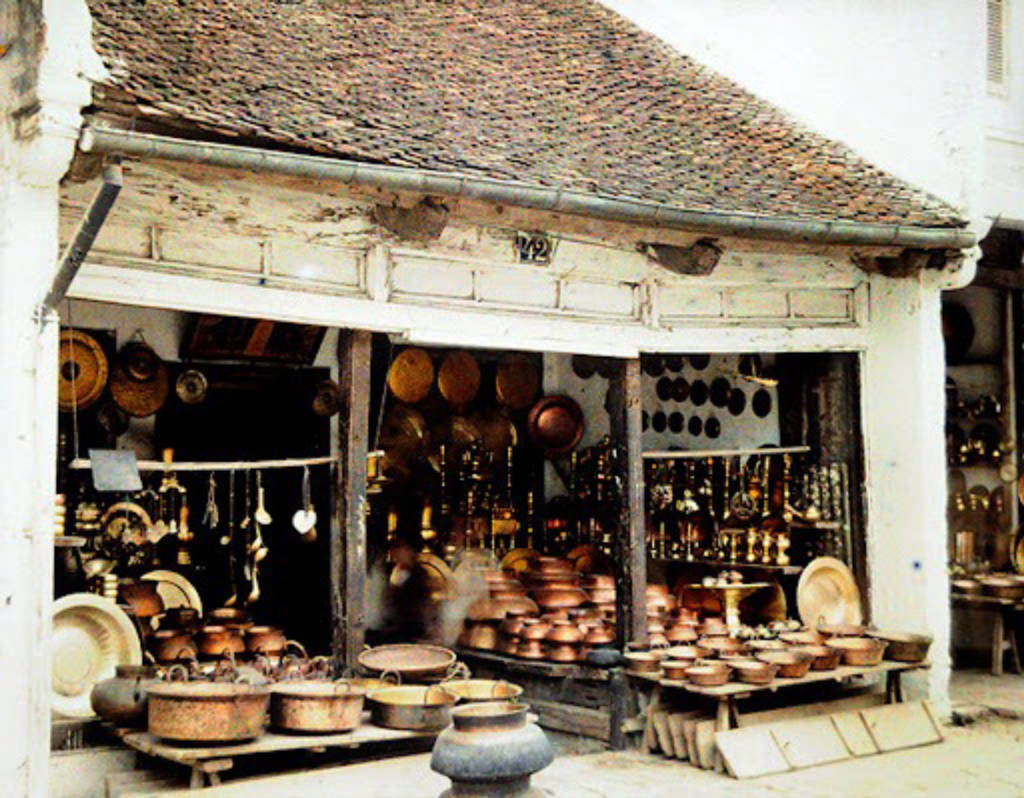
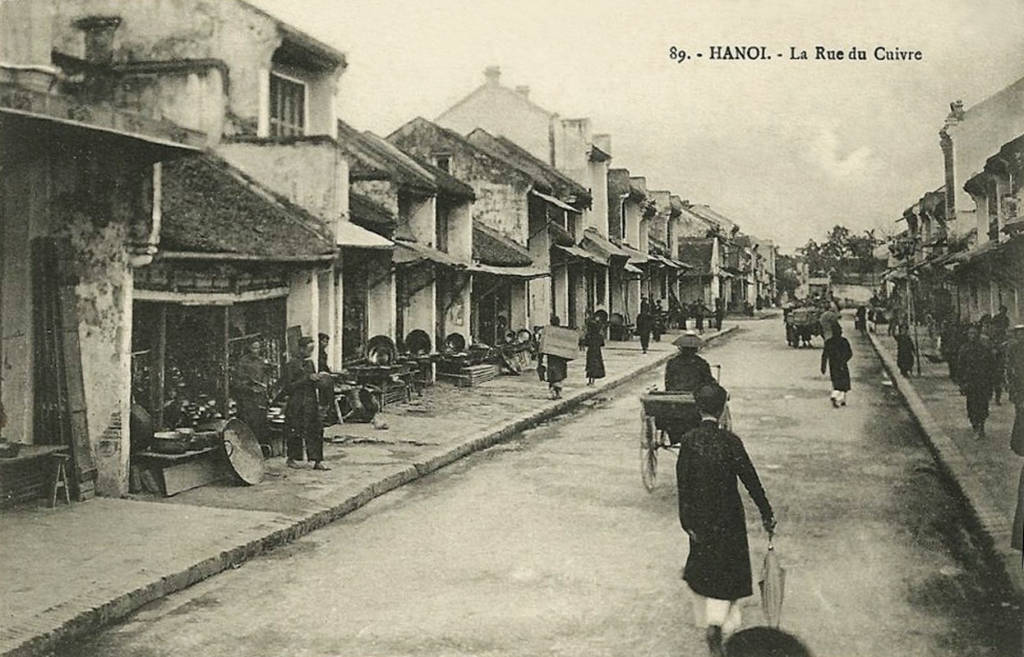
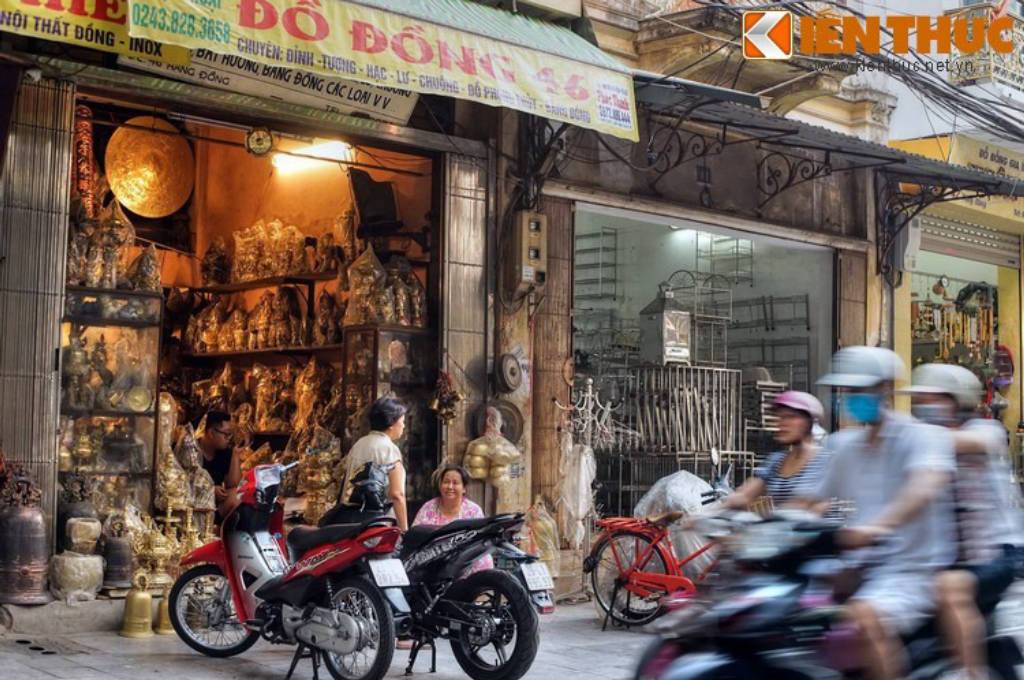
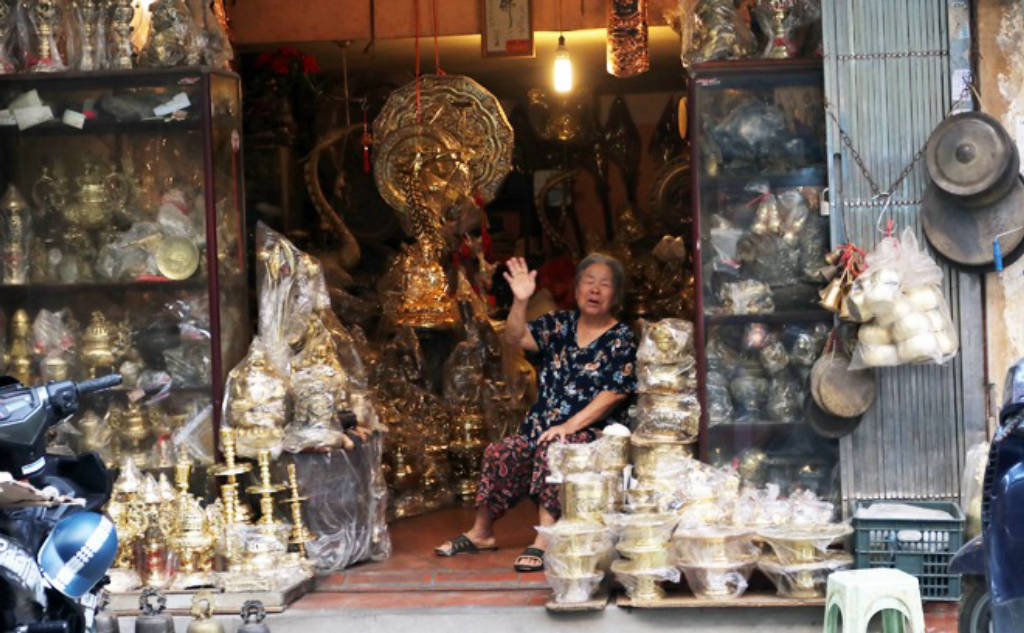
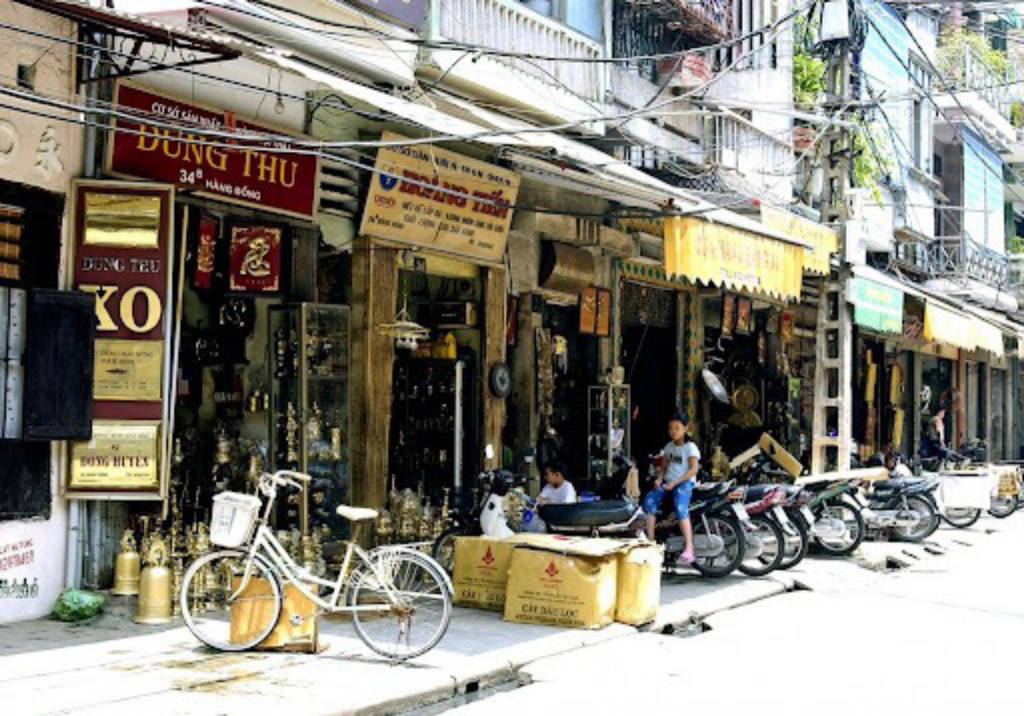





 Hàng Đồng, Hoàn Kiếm, Hà Nội
Hàng Đồng, Hoàn Kiếm, Hà Nội